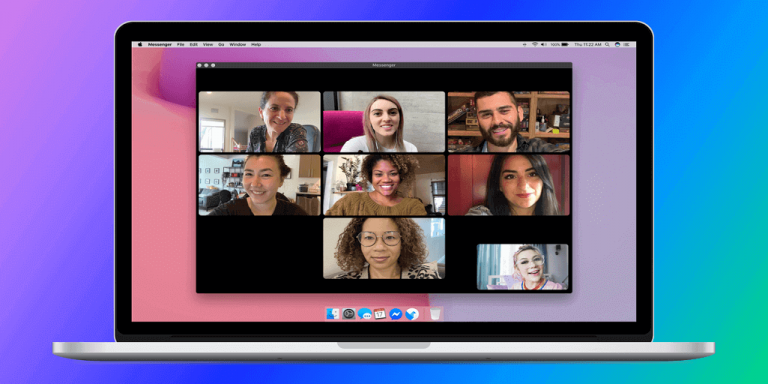Welcome to 2022, the year’s most asked-about topic aside from retrogrades. No, it’s not a new year, and no, you won’t be able to sub off the previous year’s theme for this one. But there’s still a bit of overlap, and it’s not going to be an easy ride for optics.
So what’s going on with video calls in video chats?
Well, first there was video calling, which came into existence well before 2020. Then there was video surveillance, which came into existence well before 2017. Now, the synergy of the two has led to a third mode of video calls that has yet to be imagined.
As 2021 wraps up, video calls in video chats are more important than ever, and we’re seeing more and more corporate clients Junior UU12s (and sometimes even Senior UU12s) as call centres surpass internal systems and appeals to consumers.
What does this mean for telecoms? It means earnings opportunity. It means new forms of working. It means a new set of skills for employees. And it means the end of traditional office work as we know it.
Video Chats in 2022: let’s discuss about it
But let’s start at the beginning. What is a video call?
A video call is a means of communicating the appearance, behaviour, speech and thoughts of a person via a video clip. Thus, a video call is a type of live communication. The most basic format for a video call is one camera angle above and one camera angle below.
Where did the idea of a video call come from?
The idea of a video call came from two sources. The first is the consumer video call market. Over the last few years, several companies have disrupted the traditional office work model and developed new skills that can support business functions even for remote workers. Anywhere between 50 and 100 people at a time can be video called from the same location. Companies like Google and Apple have led the way in developing video calls as a norm.
The second source is the business video call market. This market, which was developed first, is still growing and has yet to reach the same level of mainstream appeal as the consumer market. While business video calls have been around since the 1980s, they’ only become an every-day reality since the early 2000s.
So, what’s the difference between a consumer video call and a business video call?
For consumers, video calls are a new and exciting means of communication. They’re a versatile medium for customers to get in touch with sellers and share their feedback. While for businesses, video calls are a useful means of improving employee training and communications. And, they’re a very effective way of reaching consumers.
How are video calls affecting the workplace?
A few years ago, video calls would have been heavily encrypted and very difficult to implement. Today, it’s a different story. Our friends at Google Cloud’s Cyber Security Show in 2018 Hangout encrypted their video calls and stored them on a cloud server.
Even though the calls were encrypted, they were still accessible to the participants. That’s because, to access the video call, people used a token, which was granted to them on a first-come basis. While these tokens were designed to reduce the complexity of meeting attendee logins, they also resulted in some negative effects.
According tonetic, whose research shows that people will soon stop paying for digital goods, video calls in video chats are also affecting the workplace in another way. The spread of video calls into the workplace is forcing companies to update their data and technology to keep pace with users.
Which leads us to…
2022 opens up opportunities for video calls
Although video calls have primarily been used for consumer purposes, they can be implemented for business purposes with appropriate security and management.
For example, a business could establish a video call as a means of training new employees. The company could hide the identity of the employee who is participating in the training session, or even the location of the session, using video calls.
This could be contrasted with more traditional means of training, like classroom instruction or even remote training, where the teacher’s credibility can’t be assumed.
Another way in which video calls are finding applications is in the realm of education. Currently, video calls are extremely popular among students. That’s because they are a low cost means of interacting and learning from teachers who are next to impossible to reach.
In 2022, we’ll see more video calls being used for business purposes; that includes interpersonal communication, video calls with clients, and video calls with sellers. It’s likely that the same means of communication will also be adopted by teachers to facilitate instruction.
2021 was a Year of Video Chats
Video calls became more popular than ever in 2021, and for good reason: They are powerful tools that enable us to accomplish so much
Companies, associations, and even individuals can use video calls to grow their audience and create a stronger relationship with them.
When implemented for business purposes, video calls are a reliable means of communication that also allows us to protect our personal privacy.
2021 was a year of video calls, and we’ll see more in 2022. Those calls will involve everyone: consumers, businesses, associations, and individuals.
Virtualization lounge
The “livery” call girl has become a symbol of the future, specially on platforms like Bazoocam Video Chat
In some parts of the world, especially the United States, video calls are already legal and properly screened. Thus, the purchase and consumption of video calls is not only acceptable, but also a necessary part of life.
Other parts of the world are still struggling to accept video calls as a valid means of communication. Thus, the issue of privacy remains an ongoing challenge.




